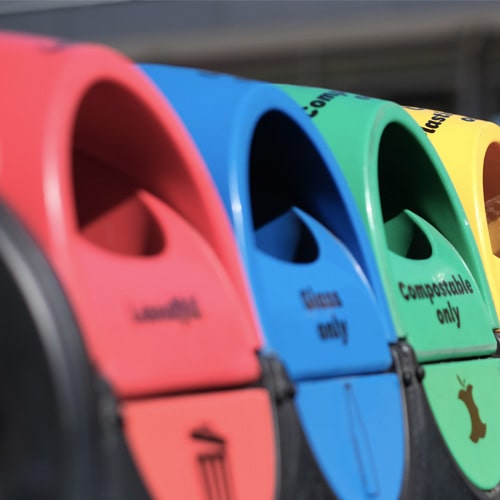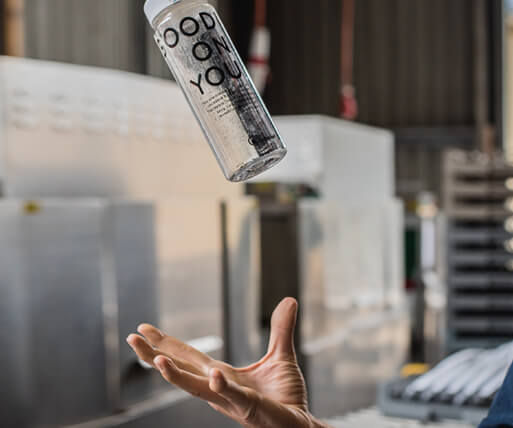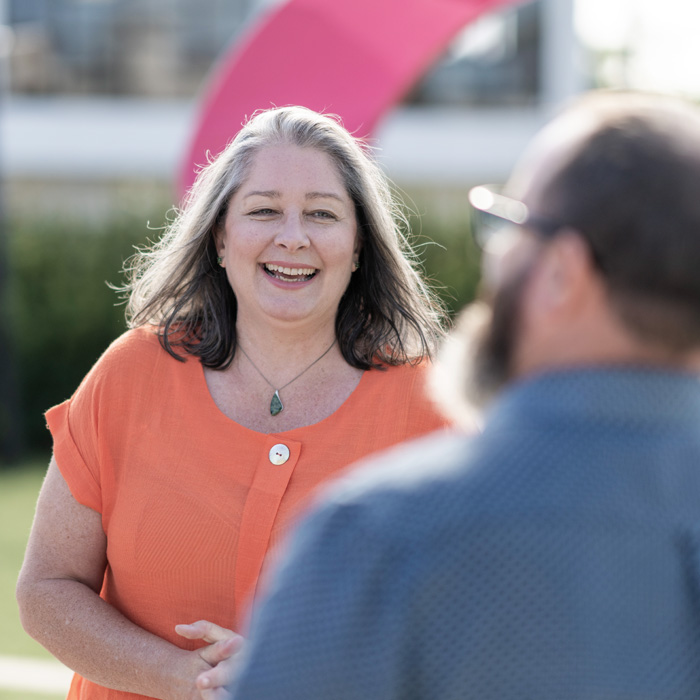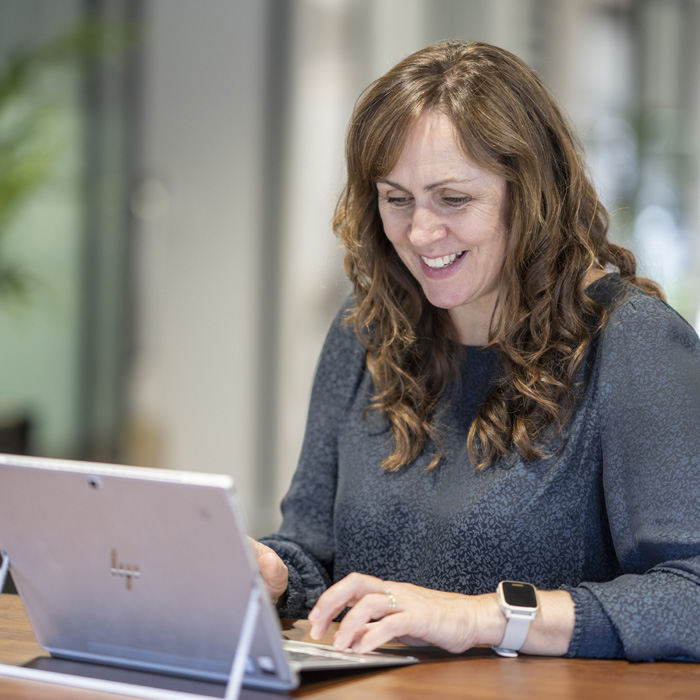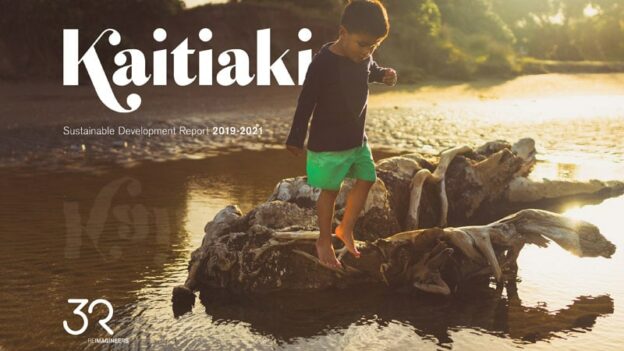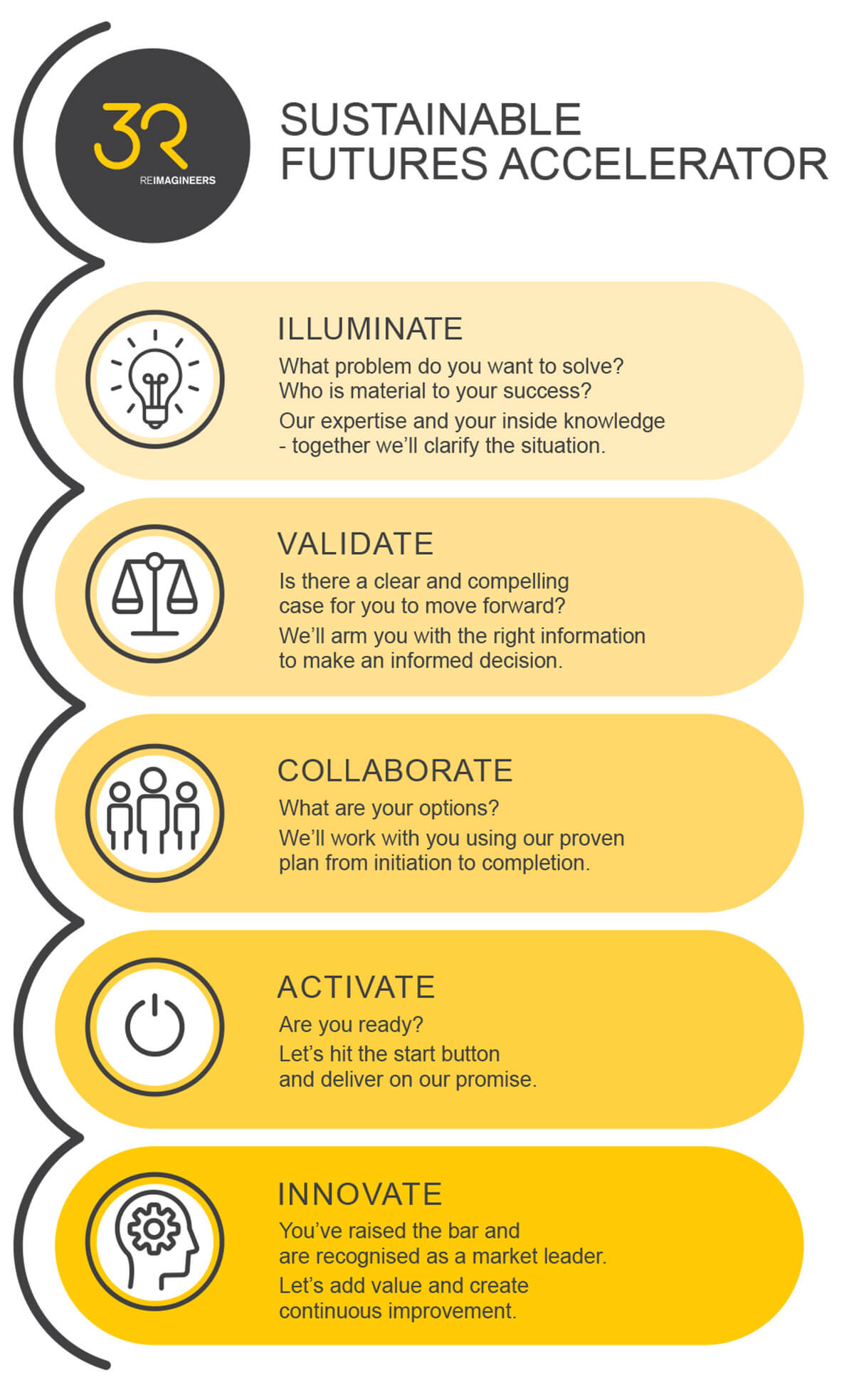Risk and Reward: Why do a sustainable development report?
Each time we publish our Sustainable Development Report (SDR), someone asks why do you do one?
We could simply say it’s a commitment we have made as part of our Sustainable Business Council (SBC) membership, but the truth is it’s a commitment we’ve come to value in its own right.
As a privately-owned business we don’t produce an annual report for our shareholders. Instead, the SDR provides an effective avenue to take stock of our progress towards achieving the Sustainable Development Goals (SDGs). It helps us identify the economic, environmental and social issues and impacts associated with our work. Plus, it’s a great way to put a circle around the areas where we can and should improve and highlight where new opportunities can be developed.
Each year our annual review with the SBC team results in detailed feedback on our report. Like a good independent audit, the review always throws up areas for improvement which we take on board as we plan the following year’s activities. We hope that each year our impacts and how we report on them improve in quality and value for us and our stakeholders.
Our report is probably longer than most would expect, but that really comes down to the complexity of the work we do on behalf of our customers. The most recent was one of our most challenging, with various issues (all COVID related) meaning we decided to publish a two-year report, covering 2019-2021, instead of the usual 12-month report. To ensure transparency we published our carbon results for 2019-2020 as a separate report on our website.
With seven reports under our belt, here are some of our recommendations if you’re just starting out.
The report is the end result
The report itself is the final written narrative of the measurement of your actual impacts on the SDGs in that reporting year. Therefore, the report is only going to be as good as the strategy that embeds these goals in the business, its culture, and what it actually delivers for stakeholders. Understanding what your internal and external stakeholders think about how you deliver against the SDG’s and then what you should be delivering on in the future is critical at least 12 months before you even begin compiling the report.
Involve everyone
It’s important to involve as many staff members as you can in the discussions about and experiences of embedding the SDG’s, placing a critical eye on the effectiveness of embedding them and then subsequently reporting on them. This not only enriches the impact but offers the wider team a deeper insight into the business when they read the report. Importantly, staff will hold each other to account if the report focuses on what you ‘think you’re doing’ rather than what you’re ‘actually doing’.
Start small
The beauty of an SDR is there’s no set standard in terms of length and detail. If you don’t have the resources or experience, then a short and concise report would be a good place to start for your first year. You can then build on the template this first report gives you to expand and fine-tune your future reports.
Look to others
Seven years ago, we made sure to attend speaking events where other SBC members were talking about how they reported on the material impacts and asked those deeper questions about how they actually went about internal and external engagement as opposed to how they wrote their reports. But I’d be lying if we said we hadn’t also used the resources of the internet for examples of other SDR reports when we started out. There are some great examples out there to help you get a feel for what an SDR should contain, how you’d like to present your information and sometimes it helps you decide what you don’t want to include.
Don’t be afraid to ask for advice or review. There are many companies happy to share their experiences, membership organisations like SBC to look to, and no doubt many blogs on the issue as well.
Warts and all
While an SDR is a great way to showcase your organisation to industry peers, potential and existing customers and the wider business community, it’s important to resist the urge to produce a piece of glossy marketing material. Be honest about what you did and didn’t achieve and what barriers and opportunities you identified for the years ahead. It will help your business and others.
Goal setting
Similarly, it’s important to be ambitious but realistic in your SDG goal setting. Structure goals in a way which allows them to be built on or adjust these as circumstances, options and opportunities change. Also, ensure that resources are allocated to achieve them.
Be clear about who is responsible for driving the report compilation processes in your organisation. This is something we have struggled with from time to time as work pressures take time away from publishing our SDR.
A roadmap to improvement
The aim is for an SDR to be much more than just a report but rather a roadmap to deliver real improvements in an organisation’s economic, environmental and social performance aligned to the SDGs.
Do keep in mind that it’s not something which can be knocked together in a week. It can be fairly resource intensive in terms of man hours, and like us, many companies will find that challenging.
We don’t pretend we’ve got it just right yet, but like everything it’s a work in progress. However, we have experienced the rewards that come from publishing our SDR and letting our stakeholders hold us to account and can vouch that it’s certainly worth the effort.
Adele Rose is the Chief Reimagineer at 3R Group
Connect with Adele on LinkedIn

